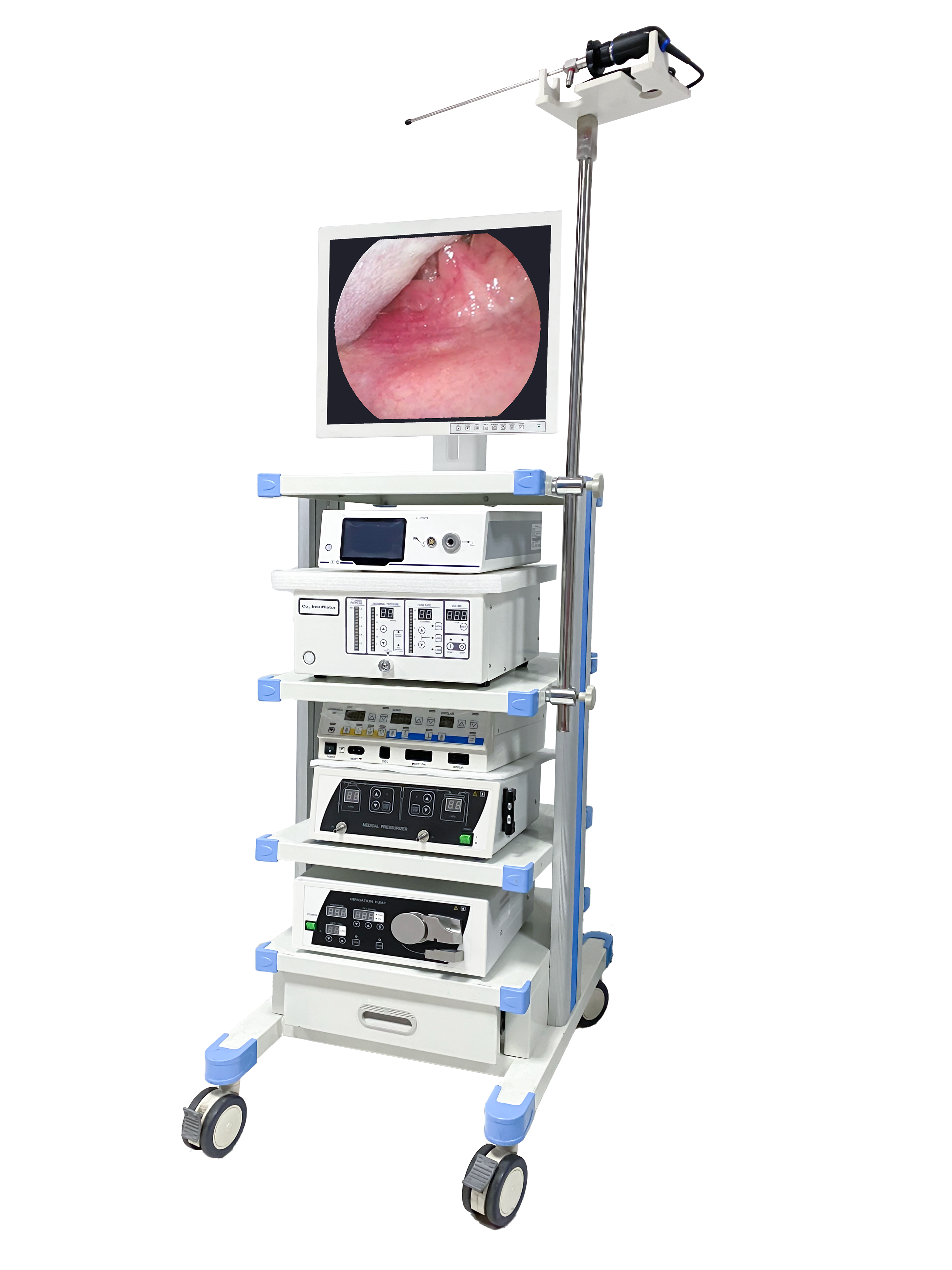In the evolution of medical science, laparoscopy has emerged as a revolutionary technique that has transformed the field of surgery. With its minimally invasive nature and remarkable precision, laparoscopy has gained popularity as a game-changer in surgical procedures across various disciplines. In this blog post, we will explore the concept of laparoscopy, its benefits, and some notable applications. So, let’s dive into the world of laparoscopy and witness how it is shaping the future of surgery.
Understanding Laparoscopy:
Laparoscopy, also known as minimally invasive surgery, involves the insertion of a thin, flexible instrument called a laparoscope through a small incision in the abdomen. The laparoscope is equipped with a high-resolution camera and lighting system, allowing surgeons to visualize the internal organs clearly. The entire procedure is monitored on a screen, providing real-time imagery to guide the surgeon’s movements.
Benefits of Laparoscopy:
1. Minimally Invasive: Laparoscopic procedures require small incisions, resulting in reduced trauma to the surrounding tissues. This translates to less pain, decreased blood loss, shorter hospital stays, and faster recovery times for patients.
2. Enhanced Precision: The laparoscope enables surgeons to navigate complex anatomical structures with unparalleled accuracy. The magnified view and precise movement control enhance surgical precision and minimize the risk of complications.
3. Reduced Scarring: Traditional open surgeries often lead to large, noticeable scars. However, laparoscopic procedures involve significantly smaller incisions, resulting in minimal scarring and improved cosmetic outcomes.
Applications of Laparoscopy:
1. Gynecology: Laparoscopy has been instrumental in transforming gynecological surgeries. Procedures like hysterectomy, removal of ovarian cysts, and treatment of endometriosis can now be performed with minimal invasiveness, leading to faster recovery and improved patient satisfaction.
2. General Surgery: Laparoscopy has revolutionized general surgical procedures, such as gallstone removal, appendectomy, and hernia repair, by reducing post-operative pain and shortening recovery periods. Patients can return to normal activities sooner, boosting their overall quality of life.
3. Urology: Laparoscopic techniques have made significant advancements in various urological surgeries, including nephrectomy (kidney removal), prostate removal, and urinary bladder repair. These procedures offer patients the benefits of reduced blood loss, decreased pain, and shorter hospital stays.
The Future of Laparoscopy:
Innovations in laparoscopic technology hold great promise for the future. Laparoscopic robots, for instance, are being developed to enhance surgical capabilities further. These robots provide enhanced dexterity and precision to surgeons, opening up a realm of possibilities for complex operations. Additionally, advancements in imaging technologies and augmented reality are expected to further improve surgical outcomes and reduce the learning curve for laparoscopic procedures.
Conclusion:
Laparoscopy has undoubtedly revolutionized the field of surgery, offering patients a range of benefits over traditional open surgery. Its minimally invasive approach, coupled with enhanced precision and shorter recovery times, has allowed surgeons to achieve better outcomes while minimizing patient discomfort. With ongoing advancements in laparoscopic technology, we can anticipate even more exciting and transformative developments in the future. Undoubtedly, laparoscopy is here to stay as the game-changer in surgical procedures, shaping the way surgeries are performed and improving the lives of countless patients worldwide.
Post time: Nov-23-2023

